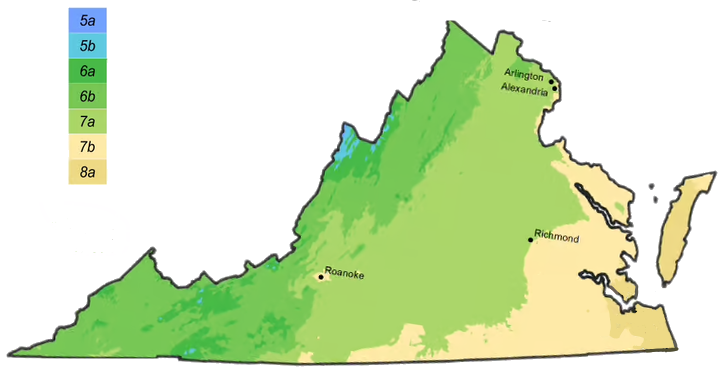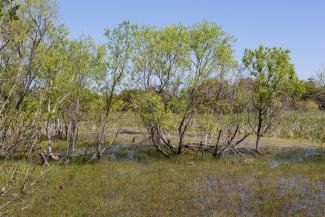
Habitat: Stream and river banks, rocky flood-scoured bars and shores, sand and gravel bars, depression ponds, tidal swamps and marshes, maritime swamps, interdune ponds and swales, disturbed bottomlands, low roadsides, canal banks, and impoundments. Generally infrequent throughout, although locally common in the s. coastal Plain and along rivers of the n. and c. mountains and the n. piedmont.
Wildlife Value: This is a larval host plant for several butterflies. Salix genus support several species of specialized bees.
Notes: Black willow is generally not recommended for use as a specimen in residential landscapes because of its susceptibility to breakage, potential insect/disease problems, need for soils that never dry out, litter problems, shallow spreading root system which may seek out water/sewer pipes, and mature size potential. In the right location, its shallow roots can act as a quality soil binder, providing excellent erosion control.
